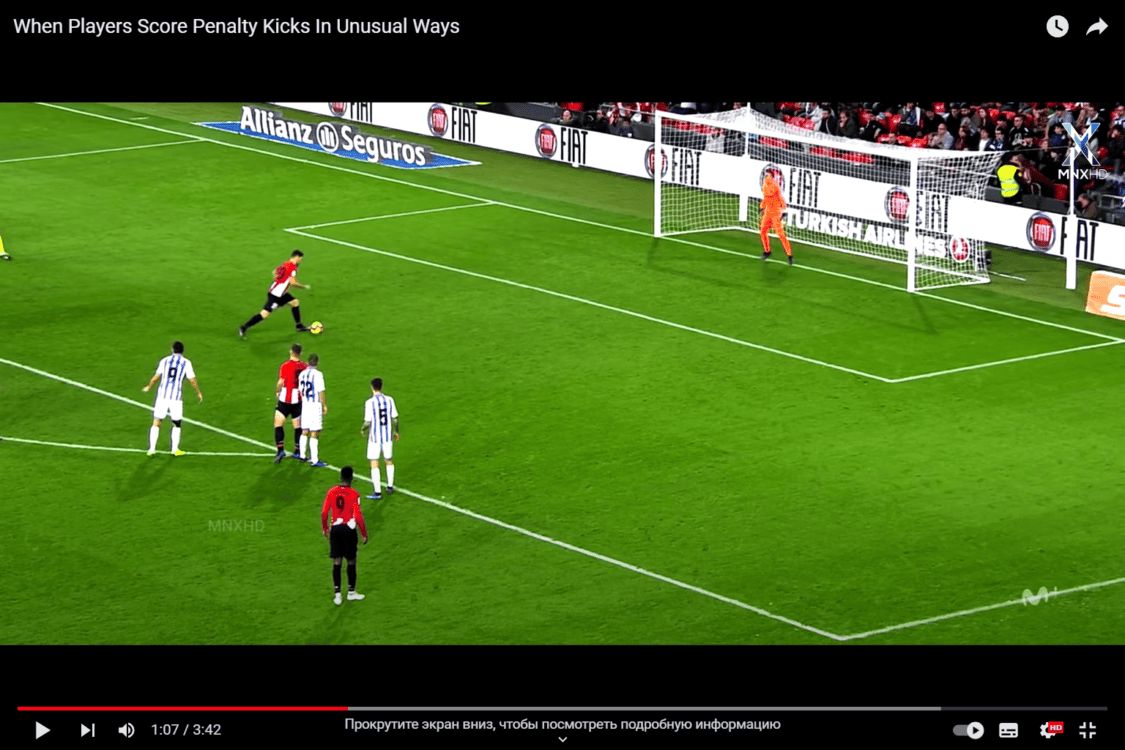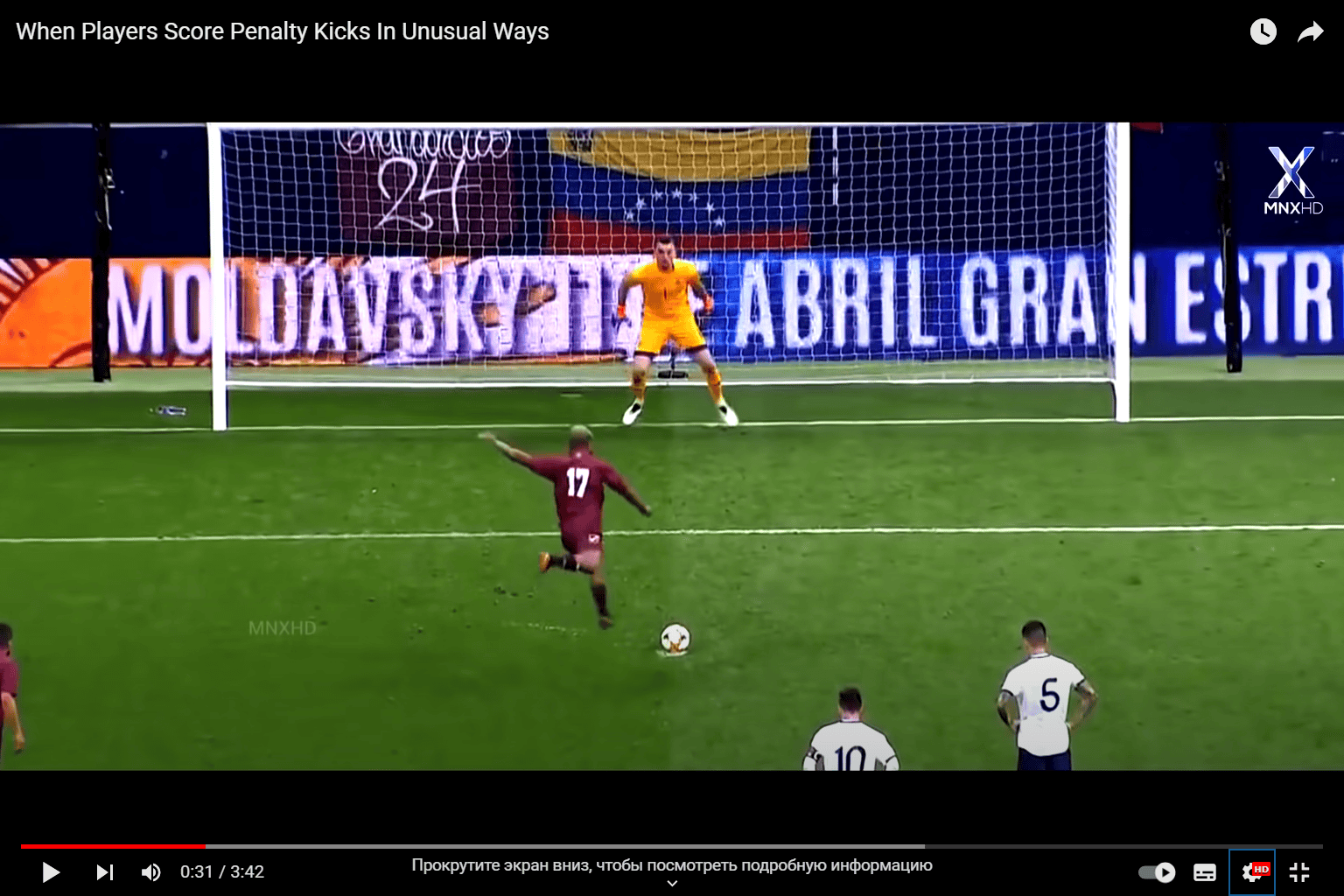The Penalty Kick: A Game-Changing Moment
In the frenetic and passionate world of football, a penalty kick has the power to change the tide of the game. It’s a high-pressure moment that could lead to jubilation or devastation. Amid the tension and drama, the question arises – can you fake a penalty kick?
The Intricacies of Penalty Kicks
Penalty kicks are more than just a test of skill. They’re a mental duel between the kicker and the goalkeeper. The striker attempts to outsmart the keeper, often employing techniques of deception. But can these techniques cross over into the realm of faking?
Penalty Kicks: Defined by the Laws of the Game
The International Football Association Board (IFAB) – the body that determines the Laws of the Game – clearly outlines the process of penalty kicks. The player must kick the ball forward, and the goalkeeper must remain on the line until the ball is kicked. These rules seemingly leave no room for faking, but do they?
The Notion of Faking in Penalty Kicks
Faking a penalty kick isn’t explicitly mentioned in the Laws of the Game. However, certain actions that could be interpreted as faking may be penalized. This includes feinting during the run-up to the ball. In 2010, IFAB deemed it unsporting behavior, meriting a yellow card. Still, this rule applies only after the referee’s whistle and before the ball is played.
Unraveling the ‘Panenka’
Czechoslovakian player Antonín Panenka introduced a daring penalty technique in the 1976 European Championship. It’s a soft chip in the center of the goal, aimed to deceive the diving goalkeeper. Is this a form of faking? Technically, no. The Panenka is a feint, but one that occurs during the kick itself, hence it’s within the rules.
The Game of Deception
There’s a fine line between deception and faking in football. Strategies like looking in one direction and kicking in another, or adjusting your run-up, add a layer of intrigue to penalty kicks. While they may deceive the goalkeeper, they don’t breach the rules of the game.
The Thin Red Line
So, can you fake a penalty kick? The answer is not a simple yes or no. It lies in the thin red line between deception and unsporting behavior. It depends on the interpretation of the Laws of the Game, the referee’s judgement, and, of course, the player’s audacity.
Penalties: More Than Meets the Eye
Penalty kicks are a fascinating aspect of football, merging skill, strategy, and mind games. The possibility of ‘faking’ adds another dimension to this compelling scenario, making each penalty kick a mini-drama in itself.

Top 3 Techniques Employed During Penalty Kicks
- The Power Shot: This is one of the most common techniques used by players. They choose a corner and strike the ball with as much power as they can muster. The aim is to put the ball beyond the reach of the goalkeeper, regardless of whether the goalkeeper guesses the correct direction;
- The Placement Shot: Some players prefer precision over power. They wait for the goalkeeper to make the first move and then calmly slot the ball into the opposite corner. This technique requires patience and the ability to keep cool under pressure;
- The Panenka: Named after Antonín Panenka who first used it in 1976, this audacious technique involves chipping the ball softly into the middle of the goal. The player banks on the goalkeeper diving to one side, leaving the center of the goal exposed.
Top 3 Controversial Penalty Moments in Football History
- Johan Cruyff and Jesper Olsen’s Two-Man Penalty (1982): This unusual take on the penalty kick, involving two players instead of one, caught everyone off guard and sparked debates on the spirit of the game;
- Neymar’s Feinting (Various Occasions): Neymar’s exaggerated stutter-step run-ups have been a contentious issue, leading to debates over unsporting behavior;
- Lionel Messi and Luis Suarez’s Two-Man Penalty (2016): Similar to Cruyff and Olsen’s attempt, Messi tapped the ball for Suarez to run onto and score, instead of shooting at goal. The execution led to both applause for its innovation and criticism for its audacity.
Top 3 Things to Consider When Taking a Penalty Kick
- Decision on Technique: Whether to blast the ball into the net or finesse it into a corner, the player’s decision on technique is paramount;
- Psychological Warfare: Outsmarting the goalkeeper is a crucial part of taking a penalty. Misdirection, such as looking one way and shooting the other, can be effective;
- Composure Under Pressure: The intense pressure during a penalty kick can make or break the outcome. Remaining calm and composed is vital to ensure a successful penalty kick.

The Psychological Aspects of Taking a Penalty
Penalties are not only a test of skill, but also a measure of mental strength. The short walk from the halfway line to the penalty spot can be the longest and loneliest walk for any football player. Here are a few factors that come into play:
- Pressure: The pressure on the penalty taker is immense, especially if the kick can change the outcome of the game. The player needs to manage their nerves and stay focused;
- Confidence: Confidence plays a crucial role in successfully converting a penalty. Self-belief can help the player overcome doubts and execute their chosen technique effectively;
- Mind Games: The battle of wits between the goalkeeper and the player is an interesting aspect of penalty kicks. The player may use feints or hesitation to misdirect the goalkeeper. Meanwhile, goalkeepers might try to distract the player or make themselves look bigger to intimidate the taker.
How Goalkeepers Prepare for Penalty Kicks
On the other end of a penalty kick is the goalkeeper, who also plays a pivotal role in the scenario. Here are some strategies used by goalkeepers:
- Studying Opponents: Some goalkeepers study their opponents’ previous penalties to identify patterns or preferred shooting sides. This can provide crucial insights for the imminent face-off;
- Positioning: Goalkeepers often position themselves slightly off-center to influence the player’s decision on where to shoot. This is a subtle way to impose a psychological advantage;
- Delaying Tactics: Goalkeepers might use delaying tactics to interrupt the player’s concentration. These tactics could include adjusting the gloves, taking time to position themselves, or even tying their shoelaces. While these may seem trivial, they can disrupt the rhythm of the player, adding to their nerves.
Conclusion
Faking a penalty kick is a contentious topic, hinging on the interpretation of the rules and the referee’s discretion. While certain deceptive techniques might be considered as ‘faking,’ they may also be viewed as part of the sport’s psychological warfare. After all, football is as much a mind game as it is a physical one.
